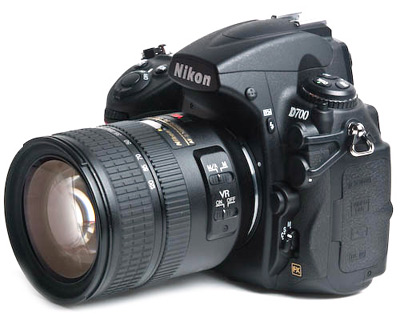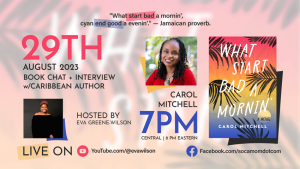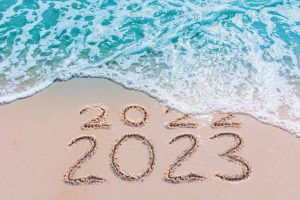“Hey [The Boy – who is fumbling with his camera],” says Mr. Social, “You wanna get a picture of Mitt Romney?”
“No,” says the Boy.
“Get some video of him…. LYING!” says Mr. Social.
The kids went to vote with Daddy during early voting. They were in line for 5 hours, and someone said something about Mitt Romney lying on camera… Mr. Social remembers everything… and repeats most of it.

In 2008, when it was time to vote, I brought my camera, the kids, my mom… we made an event of it. The kids knew that what was happening was a big deal. That election year, there wasn’t as much talk of cheating as there is this year – from Romney and his family buying voting machines (some say true, some say false) to people being sent away from their voting site and back again to vote, to people working at the voting sites “encouraging” the use of one type of ballot over another.
People have taken to social media to document their vote (#docthevote12) – makes sense right? In some states, yes.
The laws in some states were written well before Twitter, Facebook, Instagram, and YouTube made instantly sharing pictures and video an issue.
In some states it is a felony to photograph your completed ballot. Check this list to see what the law is in your state… (be sure to click “read more” if you are accessing this post from our main page.)
There is SO much information on the Citizen Media Law Project Webpage – I encourage you to check them out before you take your cell phone with you to vote. Here’s the chart by state. Visit their website for much, much more…
From http://www.citmedialaw.org/state-law-documenting-vote-2012 – Citizen Media Law Project:
For general guidelines on photography and videography in and around polling places, see the general Documenting the Vote 2012 page.
Select a state below to jump to its relevant information.
* Regardless of whether there is a specific statute about photography or video, nearly all states prohibit conduct that intimidates voters, interferes with their exercise of the right to vote, or disrupts the voting process. Election officials may take the view that photography or videography runs afoul of these laws.
** This column identifies whether a state agency or official (e.g., the Secretary of State or the state’s Attorney General) has made any statement on whether or how cameras are allowed to be used at a polling place. These statements may indicate that photography/video is: (1) prohibited, even though there is no specific statute on point; (2) allowed at the discretion of local poll officials; or (3) allowed in certain circumstances or under certain restrictions. Links to these statements appear below.
*** This column refers to the practice of photographing or filming one’s own vote at the time of voting and afterwards displaying the image on a publicly accessible platform like the Internet. Streaming live video of your own marked ballot may create legal problems in additional states. “?” means the law is unclear. Keep in mind that states have these laws to prevent vote buying and coercion, so you should be cautious of publicly posting your ballot.
This chart is from http://www.citmedialaw.org/state-law-documenting-vote-2012 – Citizen Media Law Project:
For general guidelines on photography and videography in and around polling places, see the general Documenting the Vote 2012 page.
No matter who you decide to vote for, be informed before you vote.




